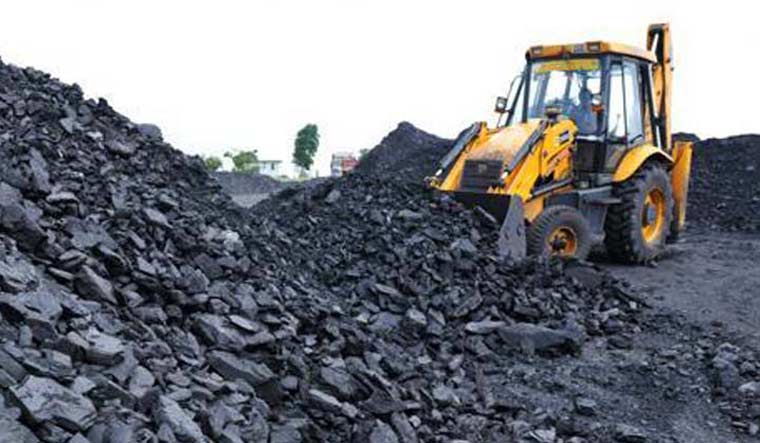Coal commodity prices continued to soar to the highest level since October 2013. Various sentiments managed to push the rate. Even now the price of black gold has penetrated the level of US $ 90 per metric ton.
Quoting Bloomberg at the close of trading Friday (11/8), the price of coal for October 2017 delivery contract on ICE Futures rose 0.5 percent to US $ 90.85 per metric ton. Meanwhile, compared to the previous week, coal price has strengthened 1.96%.
Deddy Yusuf Siregar, an analyst at PT Asia Tradeppoint Futures, said that the strengthening of this price is due to an increase in demand and a decrease in supply. The most influential positive sentiment came from China. The country’s bamboo curtain notes an increase in imports as well as a reduction in the amount of output.
“Until last April, China’s coal imports have increased 33%, this means that coal demand there is still quite high,” he said, Monday (14/8).
The number of imports is increasing due to decreasing domestic production. In July, China’s coal output slipped from its highest level in 19 months. Its production fell 7.6 percent to 9.5 million tons per day.
In addition to the national coal production cuts, the National Energy Administration (NEA) said that by the end of 2017 China will close 7 coal mines in Heilongjiang Province. Until this July, there have been five mines being closed in the region.
“Even if yesterday rumored China could increase coal production to meet the needs of coal, but if the need would have been met, they certainly have to re-make restrictions,” he explained.
Other sentiments come from domestic coal production. Until the end of July 2017, coal production in Indonesia slowed. Within 7 months, production has only reached 139 million tons or just fulfilled 29% of this year’s target of 477 million tons.
Not only Indonesia, said Deddy World Coal Association (WCA) has estimated the need for coal for Asia until 2040 is still quite high. About 50% of power plants in Asia use coal as raw material. Even overtake gas demand as raw material power plant.
“Coal production is indeed slowing, but demand for coal for power plants is high,” he added.
The only negative sentiment that overshadowed price movements is now only the implementation of the French climate convention. As of June, imports of coal from Europe fell by 30%. UK for example, from January to July, only import 156,726 metric tons of coal.

